There are numerous reasons why your car could be giving off smoke. Some of the most common causes include:
- Leaking head gaskets
- Defective coolant systems
- Burnt electrical wires
- Worn pistons
- Faulty fuel valves
To work out what’s causing the smoke, check:
- Where the smoke is coming from
- The colour of the smoke
- When the smoke appears
- If your car is overheating
You might find that the clouds aren’t smoke at all, but water vapour condensing on a cold day. But if you’re sure the smoke is the result of a fault in your car, you should try to identify the problem. The colour of smoke:
- Black exhaust smoke
- White exhaust smoke
- Grey exhaust smoke
- Blue exhaust smoke
Black exhaust smoke
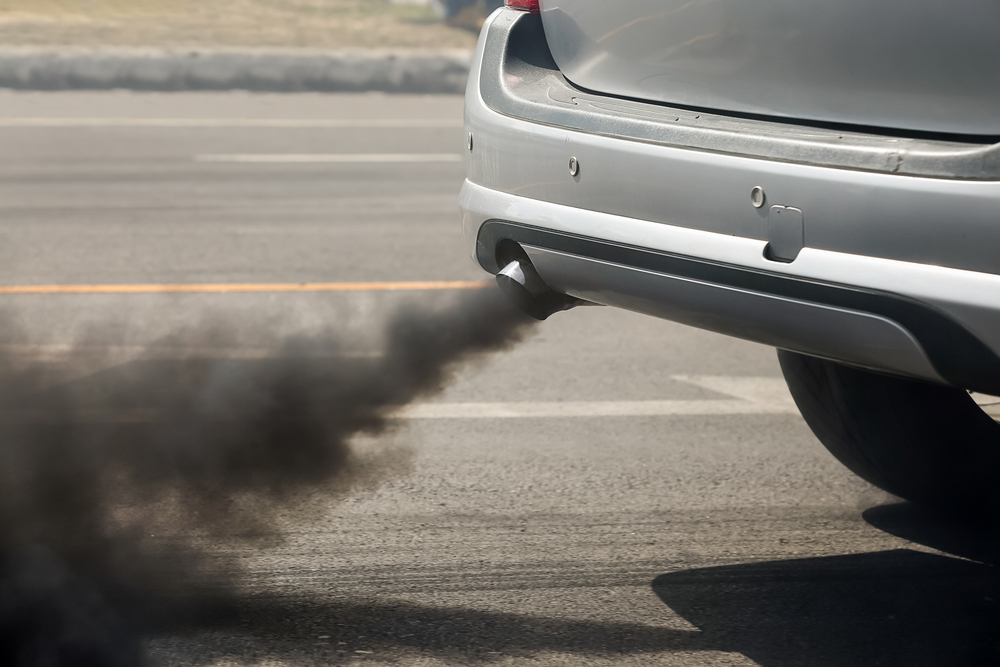 It’s quite common for cars to give off black smoke from the exhaust when the engine starts up, but if this quickly clears up you should have nothing to worry about. If the problem persists, your car could be facing one of three problems:
It’s quite common for cars to give off black smoke from the exhaust when the engine starts up, but if this quickly clears up you should have nothing to worry about. If the problem persists, your car could be facing one of three problems:
- Dirty or clogged air filter
- Bad fuel pressure regulator
- Leaking or clogged fuel injector
Dirty or clogged air filter
Your air filter prevents unwanted debris from being sucked into your car’s engine. Contaminants collect in the filter over time and prevent the filter from working properly. In some cases, the filter can also become damaged. If debris reaches the combustion engine it can be burned along with fuel and escape as black smoke. Thankfully, a filter replacement is a straightforward job that you can do yourself, or get a garage to do quickly for you.
Bad fuel pressure regulator
If your exhaust continues to give off black smoke, your pressure regulator may be faulty. These devices are used to maintain pressure in the fuel system and are usually mounted on the fuel rail. A faulty regulator can increase pressure in the system and your car’s fuel economy will suffer greatly. In some cases, the excess fuel will burn as black smoke. The Kia Motors Port Qasim is a great place to search for a professional who can replace the fuel pressure regulator.
Leaking or clogged fuel injector
Fuel injectors control the amount of fuel delivered to the combustion chamber. When the parts go bad, you might notice your car shakes when the engine is idle. If the injectors deliver too much fuel, the excess will often burn as black smoke. It could be a sign that the parts need to be replaced.
White exhaust smoke
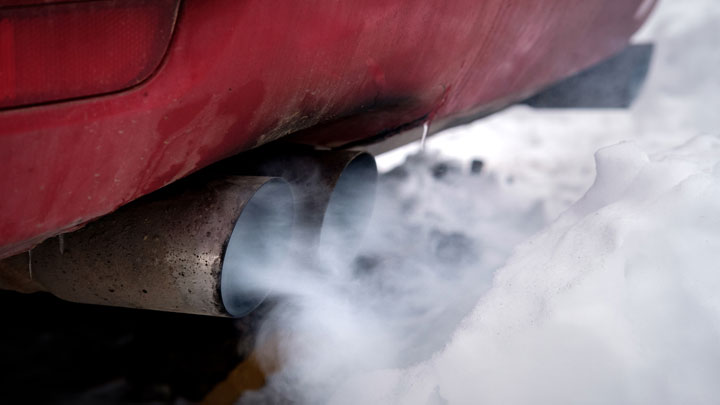 You may notice white smoke leaving your exhaust when you start the engine. If it quickly disappears, this is usually the result of condensation build-up rather than a sign of a more serious problem. However, if white smoke is visible long after starting your car, your engine is probably burning coolant that has leaked into the combustion chamber. This can happen in three ways:
You may notice white smoke leaving your exhaust when you start the engine. If it quickly disappears, this is usually the result of condensation build-up rather than a sign of a more serious problem. However, if white smoke is visible long after starting your car, your engine is probably burning coolant that has leaked into the combustion chamber. This can happen in three ways:
- Blown head gasket
- Cracked engine block
- Damaged cylinder heads
Blown head gasket
The head gasket seals the internal combustion process and keeps coolant and oil from mixing together. A perforation to your gasket or a blown head gasket usually occurs as a result of an overheated engine. When the coolant flows into the combustion chamber from a blown head gasket it burns/evaporates into white smoke. Check the underside of your oil filler cap. If the oil is mixing with water in your engine, there will be a creamy, light-brown deposit on it.
Cracked engine block
A cracked engine block is almost impossible to repair. The parts are vital to the running of your car and support a number of key components. Coolant can leak through the cracks and burn as white smoke from hot points in the engine bay.
Damaged cylinder heads
Cylinder heads sit on top of the engine block to form the combustion chamber. The parts can become warped through overheating and cause your engine to misfire. When the air-tight seal is lost, coolant can slip through openings and burn as white smoke. Because the heads have to fit perfectly with connecting parts, you’ll normally have to replace cylinders rather than repair them. You can find a Kia Motors Port Qasim help.
Grey exhaust smoke
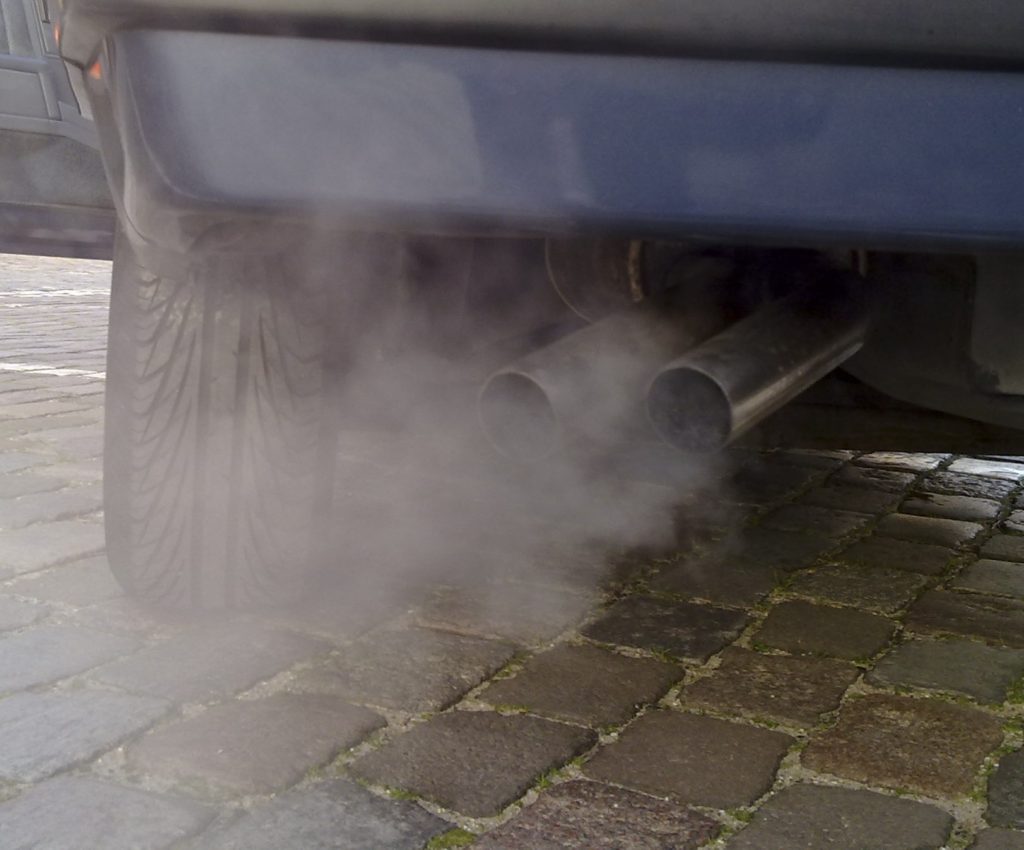 A thick grey cloud from your exhaust pipe is usually a sign that your car is burning oil. Once oil escapes it can burn off as grey smoke from various hot points around the engine. The liquid can leak into your combustion chamber, leading to reduced fuel economy and eventually, damage to your catalytic converter. The leaking oil can occur for one of two reasons:
A thick grey cloud from your exhaust pipe is usually a sign that your car is burning oil. Once oil escapes it can burn off as grey smoke from various hot points around the engine. The liquid can leak into your combustion chamber, leading to reduced fuel economy and eventually, damage to your catalytic converter. The leaking oil can occur for one of two reasons:
- Malfunctioning valve stem seal
- Failed piston rings
Malfunctioning valve stem seal
Valve stem seals lubricate the valve in combustion engines to help maintain the correct ratio of fuel and air. When the parts become lose the seal is lost and oil can leak. Fixing the problem can be complicated and expensive and you may need to rebuild or replace the engine, so you’ll need a trusted mechanic for the job.
Failed piston rings
If blue-grey smoke leaves your exhaust while your vehicle is accelerating, this is usually the tell-tale sign of damaged piston rings. The parts are found in cylinders and can leak oil when they lose their seal. The fault is uncommon and will need the help of a professional to fix.
Blue exhaust smoke
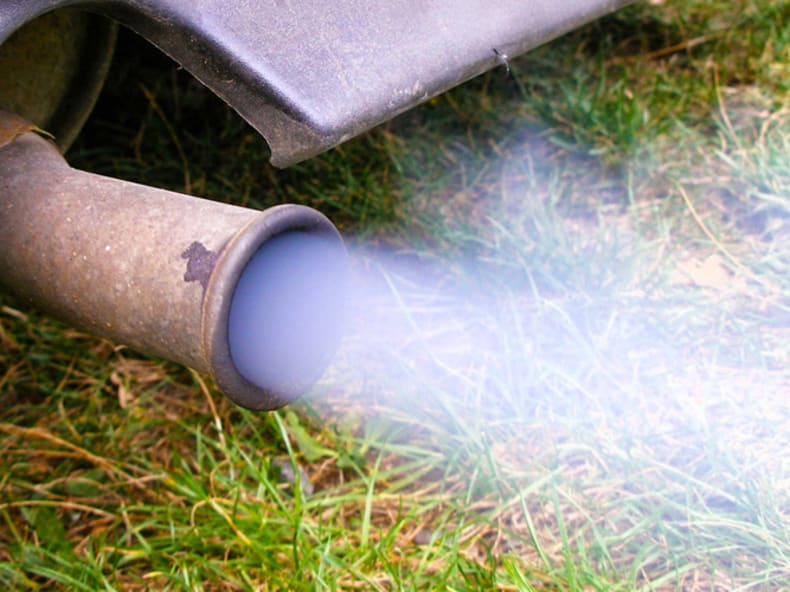 Bluey/dark grey smoke is a clear sign that your engine is burning oil. The liquid can leak into the combustion chamber where it is burned along with fuel. You’ll probably notice your car misfiring when you turn the keys in your ignition or find your vehicle shakes more than usual when idle. Since blue and grey smoke coming from your exhaust can point to the same faults, there is naturally a bit of overlap with the above section. These leaks are caused by:
Bluey/dark grey smoke is a clear sign that your engine is burning oil. The liquid can leak into the combustion chamber where it is burned along with fuel. You’ll probably notice your car misfiring when you turn the keys in your ignition or find your vehicle shakes more than usual when idle. Since blue and grey smoke coming from your exhaust can point to the same faults, there is naturally a bit of overlap with the above section. These leaks are caused by:
- Worn pistons and piston rings
- Damaged valve stem seals
- Malfunctioning PCV valve
- Worn engine oil seals
Worn pistons and piston rings
Pistons use rings to keep an airtight seal in the cylinders of a combustion engine. After some wear and tear, the rings can leak oil into fuel which eventually burns as blue smoke. Although this usually escapes from the exhaust it can appear from the bonnet too. Damage to the pistons and piston rings is extremely complicated to fix and we recommend taking your car to a Kia Motors Port Qasim to make sure repairs are done properly.
Damaged valve stem seals
Valves regulate the amount of fuel and air mixture allowed into cylinders for combustion. Although their seals are usually made from high-strength rubber, they can become cracked and worn by extreme temperatures or wear and tear. Mechanics will often use special tools to compress the valve spring before replacing a valve seal.
Malfunctioning PCV valve
A PCV valve or Positive Crankcase Ventilation valve releases exhaust gas and unburned fuel from the engine block. If the PCV valve gets stuck, it will mix oil, air and other gases inside the engine. The combustion of this mixture will cause blue smoke. Fixing a PCV valve shouldn’t be too costly and usually involves a replacement rather than a repair job.
Worn engine oil seals
As oil travels from the tank around the engine it relies on a number of seals to prevent it from leaking to other areas of the car. These seals can suffer from wear and tear, leading to leaks and oil burning off as blue smoke. If you notice any blue smoke or oil spillages, visit Kia Motors Port Qasim as soon as possible.

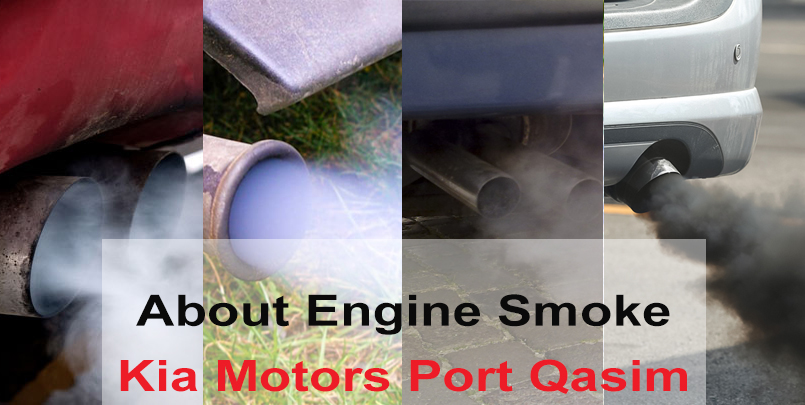












[…] Carburetor engine […]
[…] this is usually harmless. It’s caused by a metal scraper attached to the pads that serve as a warning alarm. If the noise is less of a screech and more of a grumbling, grinding sound, the pads at one […]
[…] They still have a base mineral oil, but they’ve been engineered to allow for more miles to be driven between oil changes, and they often have additives to help keep the oil cleaner, longer. It’s […]
[…] of Power When the Vehicle Is Under […]
[…] a devil behind the wheel or you’re fond of hauling bulky and heavy things or even just cruising along on a really hot and humid day, you’ll find that the best viscosity grade will be one with a […]
[…] high temperature of the air in the cylinder is due to the adiabatic compression. These engines only compress the air and not the […]